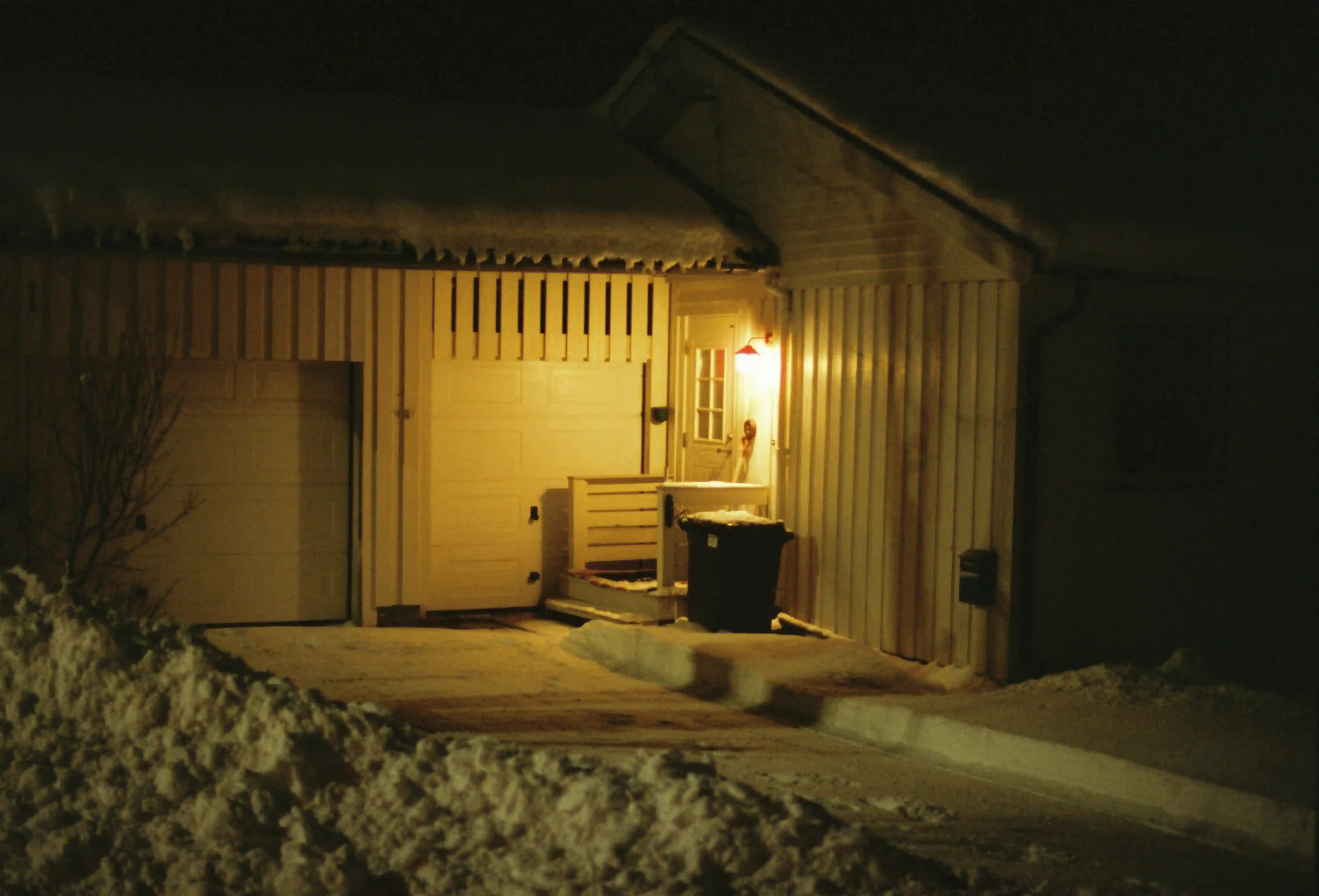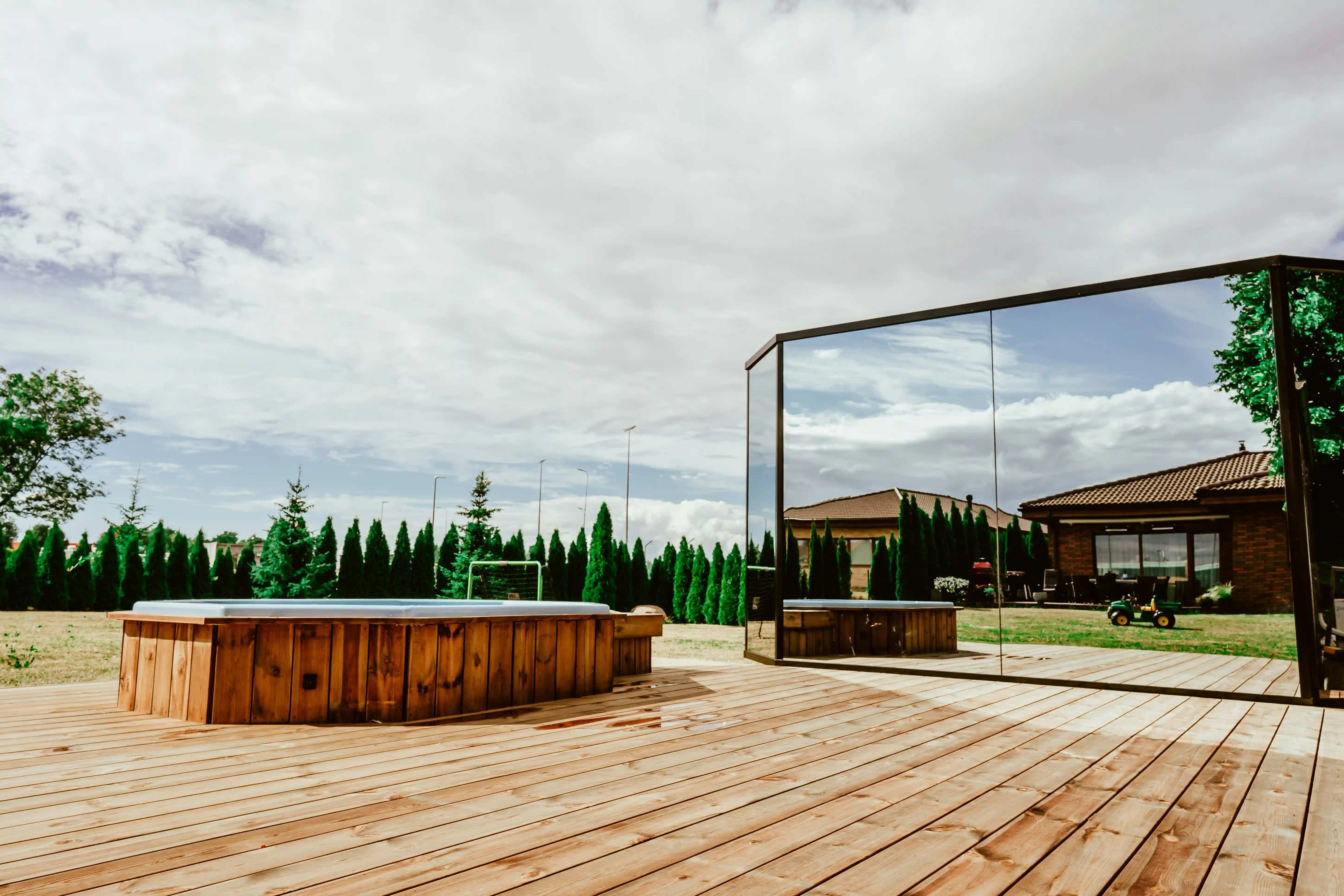Electrical work is where many sauna projects hit unexpected snags. I've seen homeowners fall in love with an 8 kW heater only to discover their electrical panel can't handle it. I've watched budgets balloon when panel upgrades become necessary. Understanding electrical requirements upfront prevents these frustrations and ensures safe, code-compliant installations.
Let's demystify sauna electrical requirements, covering voltage needs, circuit specifications, safety considerations, and realistic cost estimates. By the end, you'll know exactly what your sauna project requires electrically.
Basic Electrical Concepts for Sauna Owners
You don't need an electrical engineering degree, but understanding a few key concepts helps enormously.
Voltage: 120V vs 240V
Residential electricity comes in two voltages: 120V (standard outlets) and 240V (larger appliances). Sauna heaters use 240V power, same as electric dryers, ranges, and central air conditioners. This higher voltage delivers more power efficiently.
Why 240V? A 6 kW heater on 120V would draw 50 amps—impractical and dangerous. At 240V, the same heater draws only 25 amps—manageable with proper wiring.
Amperage: Understanding Current Draw
Amperage (amps) measures electrical current flow. Higher-powered heaters draw more amps. Your circuit must handle your heater's amp draw plus a safety margin (typically 20-25%).
Calculate amperage: Watts ÷ Voltage = Amps
Example: 6,000W ÷ 240V = 25 amps
Circuit Breakers
Circuit breakers protect wiring from overload. They're sized based on wire capacity and expected load. Sauna heaters need dedicated circuits—they don't share breakers with other appliances.
Electrical Requirements by Heater Size
Here's what different heater sizes require:
| Heater Size | Current Draw | Required Breaker | Wire Gauge |
|---|---|---|---|
| 3 kW | 12.5 amps | 20 amp | 12 AWG |
| 4.5 kW | 18.8 amps | 30 amp | 10 AWG |
| 6 kW | 25 amps | 40 amp | 8 AWG |
| 7.5 kW | 31.3 amps | 50 amp | 6 AWG |
| 9 kW | 37.5 amps | 60 amp | 6 AWG |
These are typical values—always verify specific requirements in your heater's manual. Some heaters have unique specifications.

Panel Capacity Assessment
Before selecting a heater, verify your electrical panel can accommodate it.
Checking Available Capacity
Most modern homes have 200-amp service panels. Older homes might have 100-amp or even 60-amp panels. Look at your main breaker (the big one at top or bottom of panel)—this shows total capacity.
Calculate used capacity by adding up all circuit breakers. This gives a rough estimate of available capacity. For accurate assessment, hire an electrician—they'll perform load calculations considering actual usage patterns.
When Panel Upgrades Are Needed
Panel upgrades become necessary when:
- Your panel is at or near capacity
- You have a 100-amp or smaller main service
- Your heater requires 50-60 amps and panel has minimal free capacity
- Panel is old and doesn't meet current codes
Panel upgrades cost $1,500-3,500 depending on complexity and local rates. Factor this into your sauna budget if your electrician recommends it.
Wiring Requirements
Proper wiring ensures safety and code compliance.
Wire Gauge Selection
Wire gauge (thickness) must match breaker size and current draw. Undersized wire overheats—a fire hazard. Oversized wire wastes money but causes no problems.
Common sauna wire gauges:
- 12 AWG: 20-amp circuits (up to 3.5 kW heaters)
- 10 AWG: 30-amp circuits (4-5 kW heaters)
- 8 AWG: 40-amp circuits (6 kW heaters)
- 6 AWG: 50-60 amp circuits (7-9 kW heaters)
Always use copper wire for residential applications. Aluminum wiring requires special techniques and isn't recommended for sauna installations.
Wire Type: NM-B vs THHN
NM-B (Romex): Standard residential wire with protective outer sheath. Suitable for running through walls and protected spaces. Most common for residential sauna installations.
THHN: Individual insulated wires run through conduit. Required in exposed locations, commercial settings, and some jurisdictions. More expensive due to conduit costs.
Running Wire to Your Sauna
Wire routing affects installation cost significantly:
Short runs (under 50 feet): Straightforward and affordable. Wire costs are minimal compared to labor.
Long runs (50-100+ feet): May require larger wire gauge to compensate for voltage drop. Increases material costs. Labor increases with distance.
Complex routing: Running wire through multiple floors, finished spaces, or tight areas increases labor time and costs.
GFCI Requirements
Ground Fault Circuit Interrupter (GFCI) protection prevents electrical shocks by detecting current leaks and cutting power instantly.
When GFCI Is Required
Code requirements vary by jurisdiction. Generally:
- Sauna heaters typically don't require GFCI (they're dry-location appliances)
- Lights inside saunas may require GFCI depending on local codes
- Any outlets near saunas (within 6 feet) definitely need GFCI
- Check local codes—some jurisdictions require GFCI for all sauna circuits
Disconnect Requirements
Sauna installations require a disconnect switch—a dedicated switch that cuts all power to the heater.
Disconnect Switch Specifications
- Must be visible from heater or within 10 feet
- Rated for heater amperage
- Clearly labeled "Sauna Disconnect"
- Required by electrical code for safety during maintenance
Disconnect switches cost $30-80 plus installation labor. Non-negotiable code requirement in virtually all jurisdictions.
Control Systems Wiring
Sauna controls connect separately from main power.
Built-in vs External Controls
Built-in controls mount on the heater itself. Simpler wiring—no separate control wire runs needed. Limited adjustability once installed.
External controls mount outside sauna on wall. Require low-voltage control wire (typically 18 AWG) between heater and control. More convenient for users. Slightly more expensive installation.
Control Wire Specifications
Control systems use low-voltage (typically 12-24V) signals. Standard thermostat wire or control cable works fine. Run this separately from power wiring—never in the same conduit or cable run.
Cost Breakdown
Understanding electrical costs helps with budgeting:
Typical Installation Costs
- Basic installation (close to panel, simple routing): $400-700
- Standard installation (moderate distance/complexity): $600-1,000
- Complex installation (long runs, difficult routing): $1,000-1,500
- With panel upgrade needed: Add $1,500-3,500
Cost Components
- Labor: $75-150 per hour (most installations take 4-8 hours)
- Wire: $50-200 depending on gauge and length
- Circuit breaker: $30-80
- Disconnect switch: $30-80
- Conduit (if needed): $1-3 per foot
- Electrical permit: $50-200
- Inspection fee: $50-150
Permit and Inspection Requirements
Electrical permits are required for virtually all sauna installations.
Permit Process
- Submit permit application with installation details
- Pay permit fee
- Schedule rough-in inspection (before closing walls)
- Complete installation
- Schedule final inspection
- Receive approval and certificate
Your electrician typically handles permit applications and coordinates inspections. Factor 1-2 weeks into your timeline for permit approval and inspection scheduling.
Safety Considerations
Electrical safety isn't negotiable in sauna installations.
Key Safety Requirements
- Proper grounding: All metal components must be properly grounded
- Correct wire sizing: Never undersized for current load
- Secure connections: All connections tight and properly terminated
- Appropriate insulation ratings: Wire insulation rated for temperatures encountered
- Professional installation: Licensed electricians ensure code compliance
Why DIY Electrical Work Is Risky
Unless you're a licensed electrician, hire one for sauna electrical work. The risks of DIY electrical work include:
- Fire hazards from improper connections or undersized wire
- Electrical shock danger
- Code violations that fail inspection
- Voided homeowners insurance if problems occur
- Difficulty selling home with unpermitted electrical work
- Manufacturer warranty issues
The $500-1,000 for professional electrical work is money well spent for safety and peace of mind.
Coordinating with Your Electrician
Make your electrician's job easier (and potentially save money) with good preparation:
Information to Provide
- Heater model and electrical specifications
- Sauna location and distance from panel
- Control system type (built-in or external)
- Any routing obstacles or constraints
- Your timeline expectations
Questions to Ask Your Electrician
- Does my panel have adequate capacity?
- Will voltage drop be an issue with wire run length?
- Are any special code requirements for saunas in our jurisdiction?
- What's the timeline including permits and inspections?
- What's included in your quote vs additional costs?
Common Electrical Mistakes
- Choosing heater before checking panel capacity: Check capacity first, then select appropriate heater size
- Assuming existing 240V circuits can be used: Saunas need dedicated circuits—can't share with dryers or other appliances
- Underestimating installation costs: Budget $500-1,500 for professional work—more if panel upgrades needed
- Skipping permits: Required by code and necessary for safety/insurance/resale
- DIY electrical work without proper knowledge: Hire licensed professionals—it's not worth the risk
Final Thoughts
Electrical requirements might seem daunting, but they're manageable with proper planning. Start by assessing your panel capacity, choose an appropriately sized heater, budget realistically for professional installation, and work with a licensed electrician who understands sauna requirements.
The electrical system is your sauna's lifeline—literally. Invest in doing it right. The few hundred dollars for professional installation buys safety, code compliance, and decades of reliable operation.
For the complete picture of building your sauna, review our comprehensive DIY building guide and heater selection advice.


